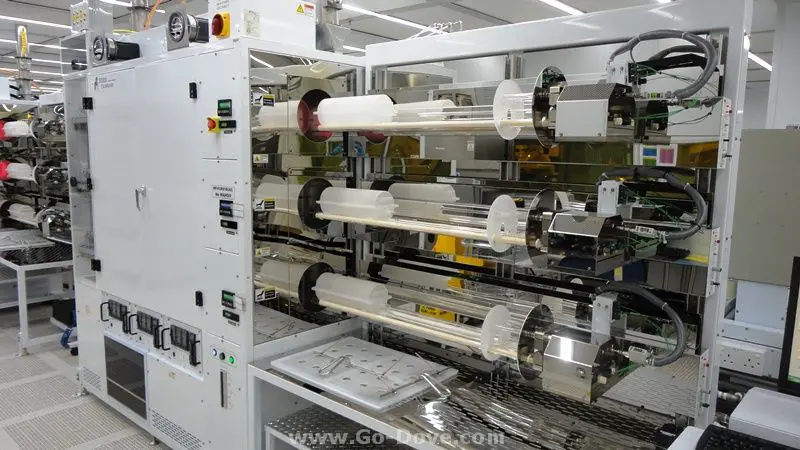Managers track operations regularly. In addition to company employees, products, sales and finances, certain managers are in charge of equipment required for production. For the past three decades, a lot of concepts have emerged on how to improve productivity of production by measuring and evaluating your resources. If you are familiar with up to date management practices, you might’ve heard of Six Sigma, Lean Start Ups and others. More specifically, Overall Equipment Effectiveness or OEE is another concept that focuses on a company’s equipment resources.
What Is Lean Management?
Before we get in to understanding OEE, you first need to understand what exactly lean management is. Lean management is a philosophy focused on maximizing customer value while minimizing waste. Essentially what that means is that every thing your business does, you are constantly looking for ways to do it with less resources while still putting out a quality end product for your customers. Does this sound good to you? If so, you are going to want to learn how to use Overall Equipment Effectiveness metrics.
Lean Goals
The goal of lean management is to provide customers what they want exactly when they want it and how they want it. That is the highest priority for lean businesses. That is why lean tools help businesses become more flexible and efficient but never in a way that impact the customer’s ability to rely on the business. That is why many lean organizations avoid outsourcing. If these goals align with your business goals, you may want to start implementing lean management strategies at your organization ASAP.
Properly Calculate OEE Metrics
To properly calculate the OEE metrics, one must identify the actual time that a equipment resource is it used productively. As a percentage, hey manager can evaluate if the resource can be used more efficiently. But, managers should be aware to look at this process as a whole rather than a single piece. Otherwise, you could be over using resources that are wasteful. It is important to see how it fits in with the bigger picture of production.
Benefit From Lower Costs
OEE metrics allow a company to become more lean. This means the company can benefit from lower costs which can be translated into direct profits or a competitive advantage in pricing over the competition. Either way, proper OEE lean management makes a company more competitive and likely to win in any market. This is something to keep in mind when you are buying small business technology solutions.
Various Uses For Acquired Data
Furthermore, the newly acquired data can be used in various ways. For example, management may identify equipment that is either outdated or under-performing. These resources can be placed on high priority for the next budget plan or company investment. Next, the new data offers insights to bottlenecks or key performing equipment that may unlock hidden capacity. For example, if a specific piece of equipment is not receiving proper support from technicians, additional personnel can be made available to ensure that the equipment runs properly. In many factories or plants where equipment is highly expensive, the cost of additional technician is quite small in comparison to the loss of that productivity.
If your company is just starting to enter into more operations analysis, including OEE lean management, it is a good idea to take things at pace. With new data, many managers are eager to implement changes and new manufacturing business ideas and get results right away. However, the new metrics should be carefully scrutinized and any changes should be made after careful consideration of the possible outcomes.
Image from http://international.go-dove.com/en/event-17541/Philips-3-Inch-LED-Manufacturing-Equipment
 Business First Family Business, Accounting, Finance, Investing, Marketing And Management
Business First Family Business, Accounting, Finance, Investing, Marketing And Management
